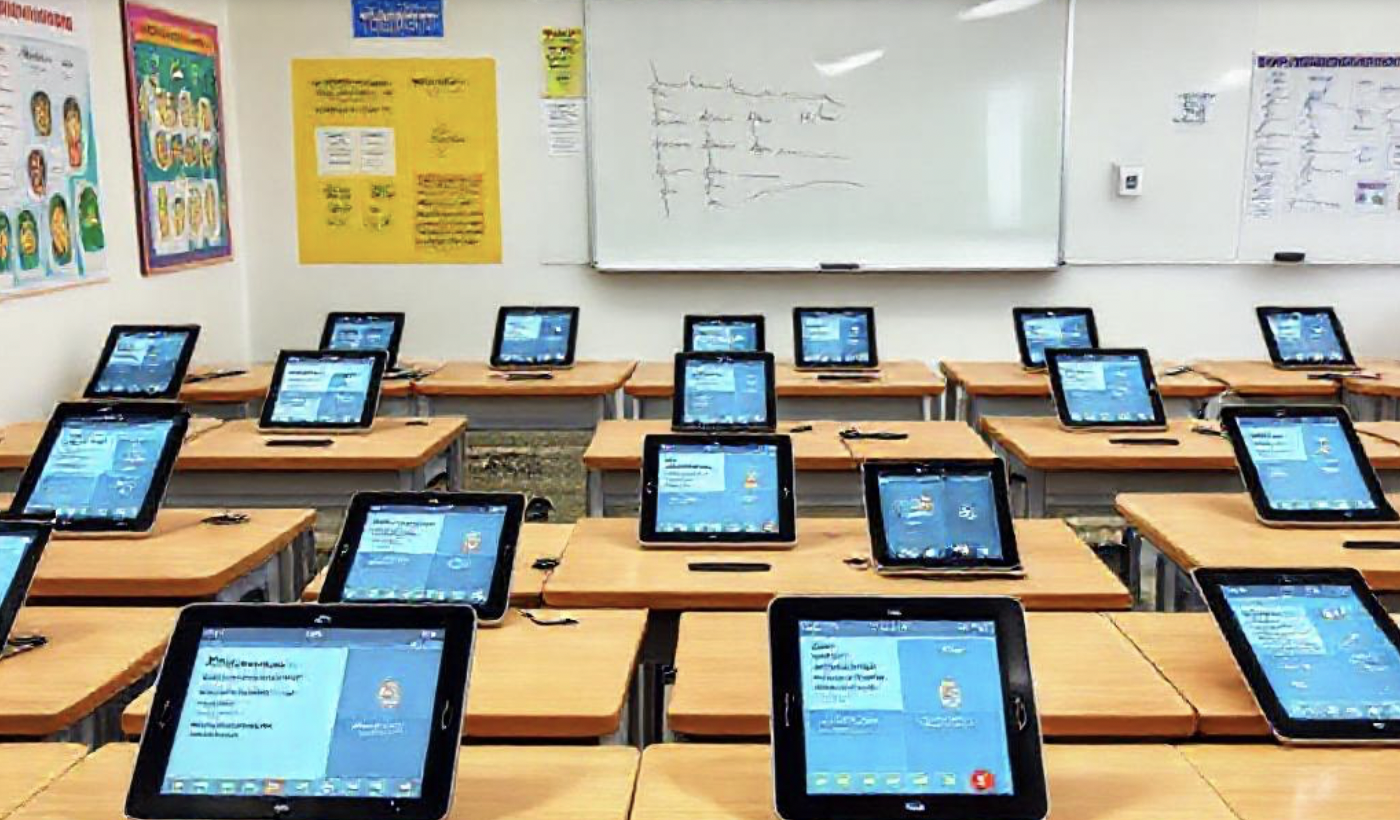The Attitudes of Undergraduates toward the Use of Mobile Applications for Learning English
DOI:
https://doi.org/10.24903/bej.v7i1.1997Keywords:
Attitude, Mobile assisted language learning, undergraduate, learning EnglishAbstract
Although extensive research has been conducted on the positive impact of Mobile Assisted Language Learning (MALL) on student learning, there have been few studies examining university students' attitudes toward the use of MALL for English learning. The study investigates the attitudes of university students toward MALL, focusing on the use of mobile applications to learn English. This study's participants are the English department at a private university in East Kalimantan. This study employs a questionnaire and a semi-structured interview for data collection. The findings from this analysis demonstrated that students had a favorable perception of the usefulness of MALL in various aspects of language learning. They perceived English mobile applications as beneficial for improving their language skills, enhancing work quality, and promoting motivation. These positive perceptions indicated that MALL had the potential to be an effective tool in supporting language learning among studentsReferences
Alexander, B., Ashford-Rowe, K., Barajas-Murphy, N., Dobbin, G., Knott, J., McCormack, M., Pomerantz, J., Seilhamer, R., & Weber, N. (n.d.). EDUCAUSE Horizon Report: 2019 Higher Education Edition. In 2019.
Balbay, S., & Kilis, S. (2017). Students’ Perceptions of the use of a YouTube channel specifically designed for an Academic Speaking Skills Course. Eurasian Journal of Applied Linguistics, 3(2), 235–251. https://doi.org/10.32601/ejal.461003
Chen Hsieh, J. S., Huang, Y.-M., & Wu, W.-C. V. (2017). Technological acceptance of LINE in flipped EFL oral training. Computers in Human Behavior, 70, 178–190. https://doi.org/10.1016/j.chb.2016.12.066
Chung, H.-H., Chen, S.-C., & Kuo, M.-H. (2015). A Study of EFL College Students’ Acceptance of Mobile Learning. Procedia - Social and Behavioral Sciences, 176, 333–339. https://doi.org/10.1016/j.sbspro.2015.01.479
Hsu, L. (2013). English as a foreign language learners’ perception of mobile assisted language learning: a cross-national study. Computer Assisted Language Learning, 26(3), 197–213. https://doi.org/10.1080/09588221.2011.649485
Hung, J.-L., & Zhang, K. (2012). Examining mobile learning trends 2003–2008: a categorical meta-trend analysis using text mining techniques. Journal of Computing in Higher Education, 24(1), 1–17. https://doi.org/10.1007/s12528-011-9044-9
Hwang, W.-Y., Shih, T. K., Ma, Z.-H., Shadiev, R., & Chen, S.-Y. (2016). Evaluating listening and speaking skills in a mobile game-based learning environment with situational contexts. Computer Assisted Language Learning, 29(4), 639–657. https://doi.org/10.1080/09588221.2015.1016438
Nguyen, T. C. (2011). Challenges of learning English in Australia towards students coming from selected Southeast Asian countries: Vietnam, Thailand and Indonesia. International Education Studies, 4(1). https://doi.org/10.5539/ies.v4n1p13
Osifo, A. (2019). IMPROVING COLLABORATION IN BLENDED LEARNING ENVIRONMENTS THROUGH DIFFERENTIATED ACTIVITIES AND MOBILE-ASSISTED LANGUAGE LEARNING TOOLS. Proceedings of the 15th International Conference on Mobile Learning 2019, 3–10. https://doi.org/10.33965/ml2019_201903L001
Park, M., & Slater, T. (2015). A Typology of Tasks for Mobile-Assisted Language Learning: Recommendations from a Small-Scale Needs Analysis. TESL Canada Journal, 31, 93. https://doi.org/10.18806/tesl.v31i0.1188
Rachman, D., Margana, M., & Priyanto, P. (2022). The Application of Mobile-Enhanced Collaborative Learning Models on Oral Presentation Competence in Rural Area During Covid-19 Pandemic. International Journal of Learning, Teaching and Educational Research, 21(3), 71–87. https://doi.org/10.26803/ijlter.21.3.5
Ramazanova, D., Togaibayeva, A., Yessengulova, M., Baiganova, A., & Yertleuova, B. (2022). Using Instagram to raise the effectiveness of distance learning in English: The experience of Kazakhstani students. Frontiers in Education, 7. https://doi.org/10.3389/feduc.2022.923507
Wan Azli, W. U. A., Shah, P. M., & Mohamad, M. (2018). Perception on the Usage of Mobile Assisted Language Learning (MALL) in English as a Second Language (ESL) Learning among Vocational College Students. Creative Education, 09(01), 84–98. https://doi.org/10.4236/ce.2018.91008
Zhou, H. (2012). Enhancing Non-English Majors’ EFL Motivation through Cooperative Learning. Procedia Environmental Sciences, 12, 1317–1323. https://doi.org/10.1016/j.proenv.2012.01.428

Downloads
Published
How to Cite
Issue
Section
License
Copyright (c) 2025 Dedi Rahman Nur, Ratri Nur Hidayati, Astry Fajria, Nina Widyaningsih

This work is licensed under a Creative Commons Attribution 4.0 International License.
Authors retain copyright and grant the journal right of first publication with the work simultaneously licensed under a Creative Commons Attribution 4.0 International License that allows others to share the work with an acknowledgment of the work's authorship and initial publication in this journal.



